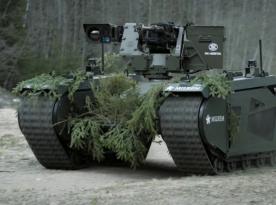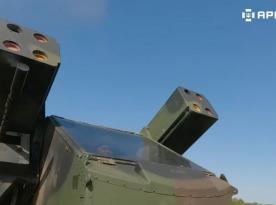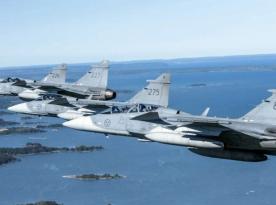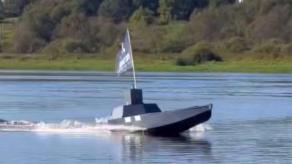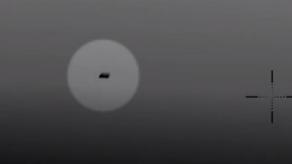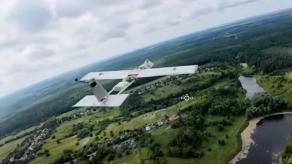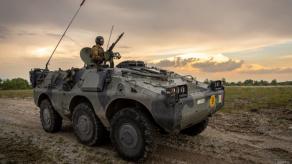Ukraine's Special Operations Forces destroyed the Port Olya-4, a cargo ship that regularly transported Shahed-136 drones, drone components, ammunition, and other weapons from Iran to russia via the Caspian Sea.
This vessel belonged to the shipping company MG-Flot LLC, which had been involved in the transportation of russian military cargo since 2021. Since the start of active russian-Iranian cooperation, the ship has regularly sailed between the Iranian port of Amirabad and the russian port of Olya, located south of Astrakhan in the Volga Delta.
Read more: russia Forgot How to Build Ships: Sinking of Kapitan Ushakov Tugboat is Just the Tip of the Iceberg
The available photos show that the ship was anchored near the shore at the time of the strike. It is clear that the bridge was completely burned out and the ship partially sank.
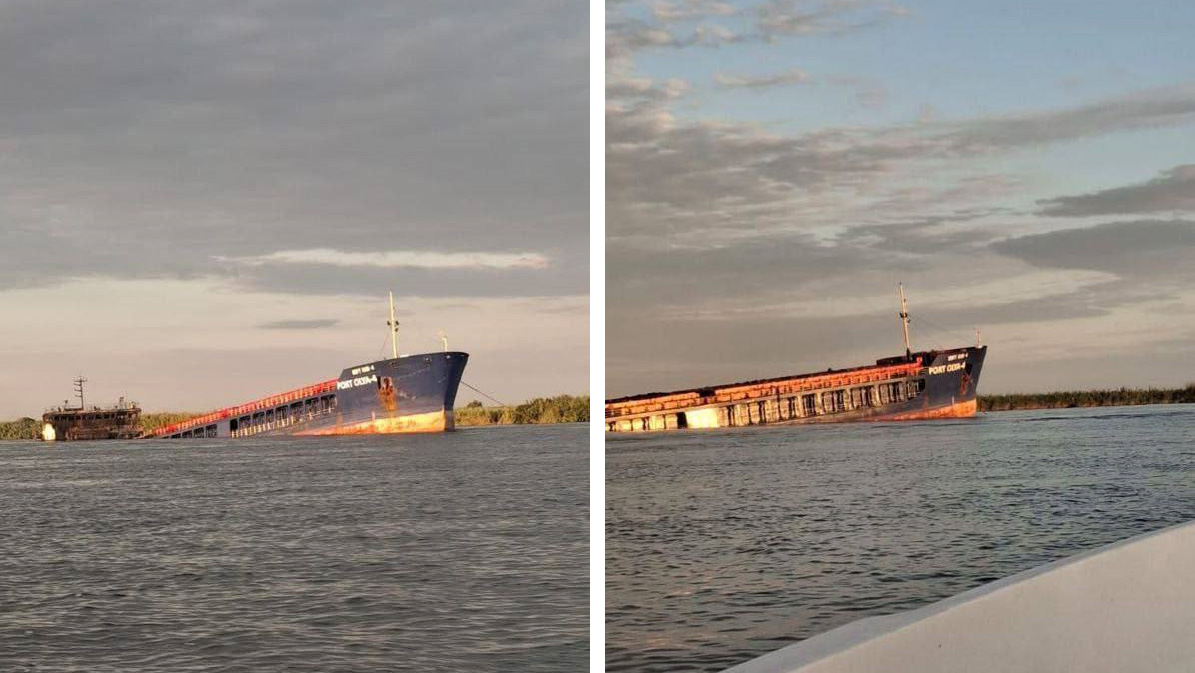
Before the strike, Port Olya-4 looked as follows:
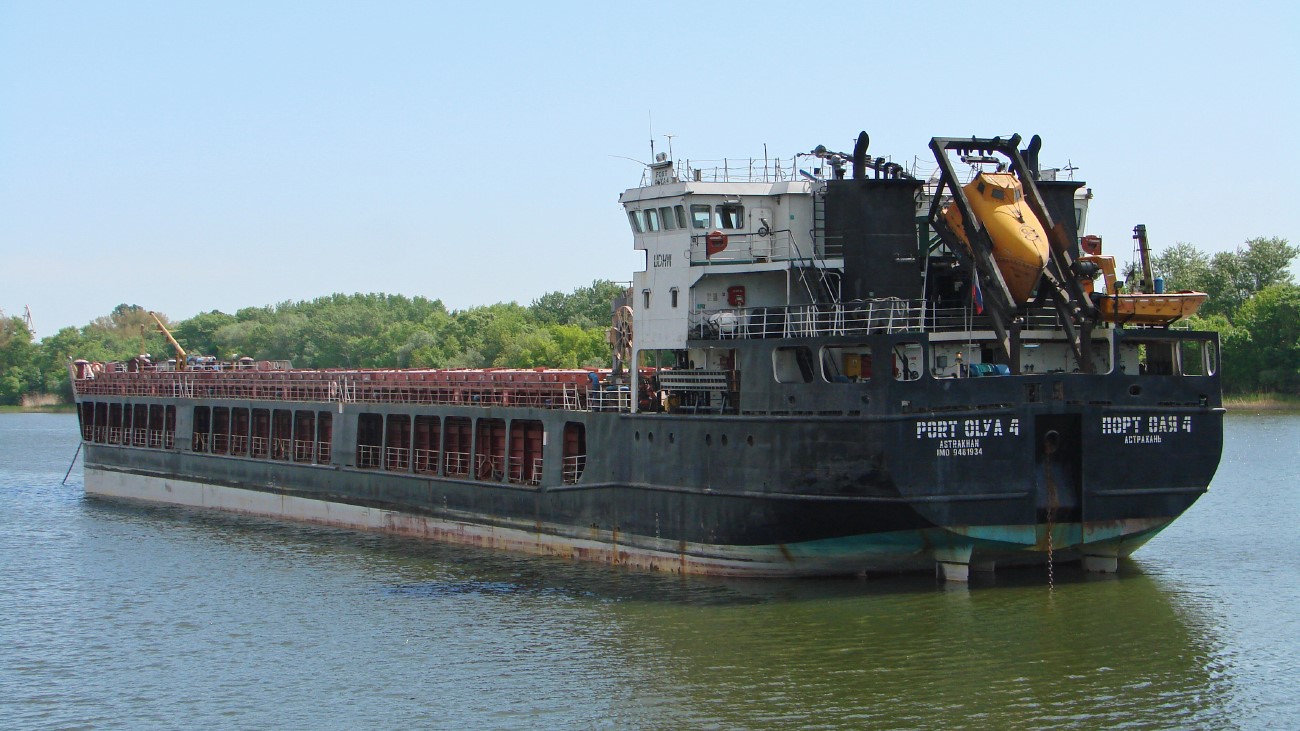
According to the Ukrainian Special Operations Forces, this time the ship Port Olya-4 was loaded with components for Shahed UAVs and ammunition from Iran. Details of the strike remain undisclosed, but long-range drones were clearly involved.
Using a UAV to damage a ship is challenging, and destroying one is even more difficult. First and foremost, the ship had to be tracked. According to maritime traffic tracking services, Port Olya-4 was off the coast of Iran on August 1 and was later spotted near the Azerbaijan-russia border on August 12. It should be noted that russian ships simply turn off their transponders.
When confirmation was received that this vessel was in a russian port, Ukrainian long-range drones were launched, which flew over 850 km, crossing the front line, occupied territories, and several regions of the russian federation. Upon reaching the Port of Olya, they were to target a specific vessel.
At the same time, the ship is not a stationary target, even if it is anchored. This means that the drones had to be equipped with homing. The warheads also had to be powerful enough to sink a 5,000-ton, 123-meter-long ship. In other words, it was a rather difficult task.
Read more: U.S. Navy Tests Coyote Anti-Aircraft Jet Drones to Protect Warships from UAV Threats





